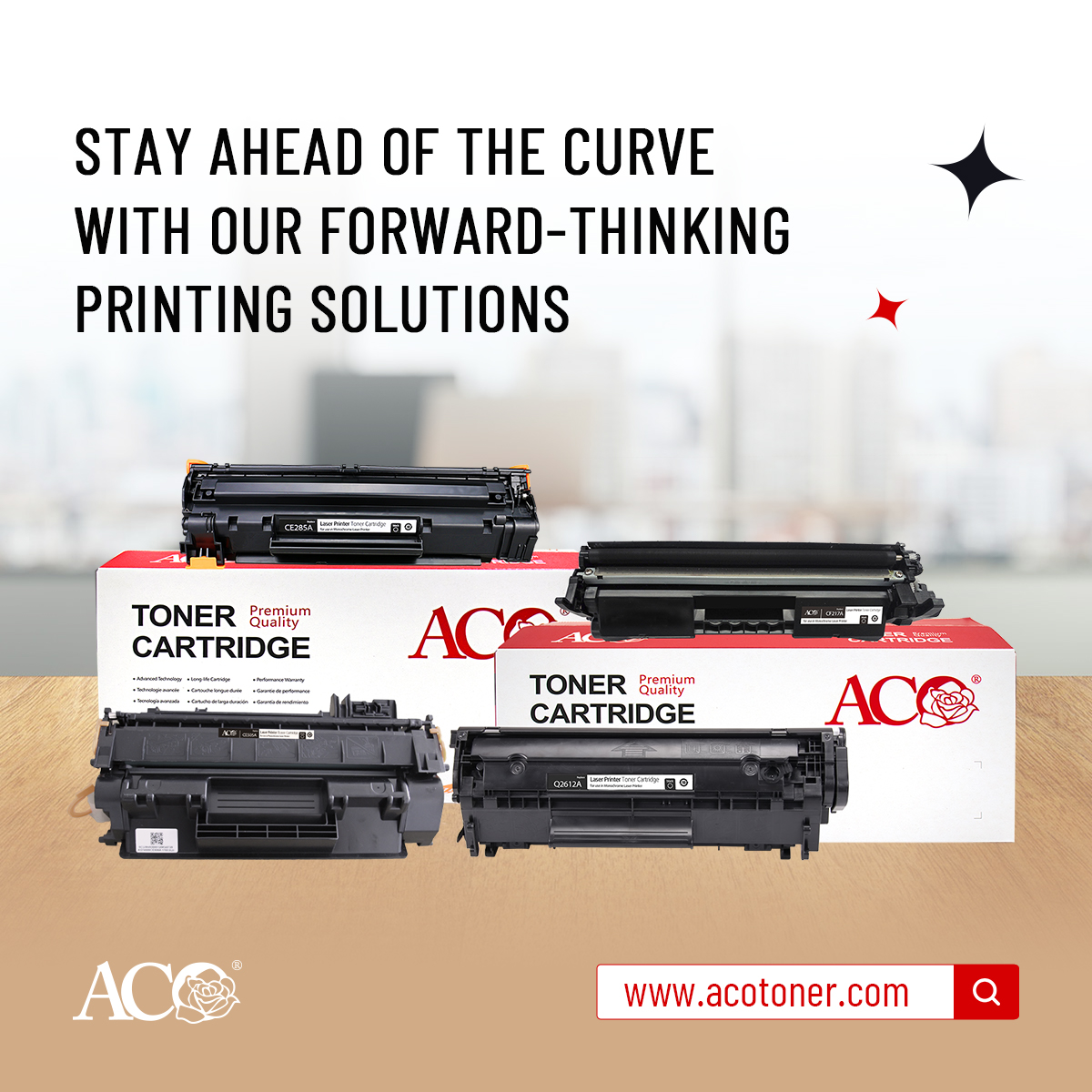
1. Different implementation principles
The biggest difference between chip-based toner cartridges and chip-less toner cartridges lies in the different implementation principles. The chip design of the toner cartridge adopts smart chip technology. The chip has a built-in program that automatically adjusts printer parameters through real-time monitoring and feedback of printer status, toner cartridge status and other information to achieve better printing results.
The chipless toner cartridge does not have a built-in smart chip. It works directly between the printer controller and the toner cartridge driver. The traditional control circuit controls the work of the toner cartridge based on modes and signals, and cannot automatically adjust and optimize the printing effect.
2. Different service life
There is also a big difference in the service life of toner cartridges with and without chips. Because the toner cartridge has a chip that can automatically detect the amount of powder consumed, saving the use of powder, it has a longer life and can generally print thousands or even tens of thousands of pages. The chipless toner cartridge cannot automatically adjust, resulting in inaccurate powder volume control and is prone to wear and tear faster, with an average service life of only a few hundred pages.
3. The price difference is obvious
There is also a big difference in the price of toner cartridges with and without chips. Because toner cartridges have chips that have the advantages of automatic adjustment and longer life, their prices are also higher, and are generally several times more expensive than toner cartridges without chips. Chipless toner cartridges are cheaper, but they need to be replaced frequently, and the relative saving effect on printing costs is not significant.
In short, the difference between toner cartridges with and without chips mainly lies in the implementation principle, service life and price. The most important thing is to choose the appropriate toner cartridge type based on your actual needs and usage.
